Last month’s Folklore Exhibition was a journey across cultures and continents hosted at the Coexist gallery at Hamilton House. The exhibition’s curator, freelance illustrator Gordy Wright, discusses the role of storytelling within art, and why he decided to collect stories without words.
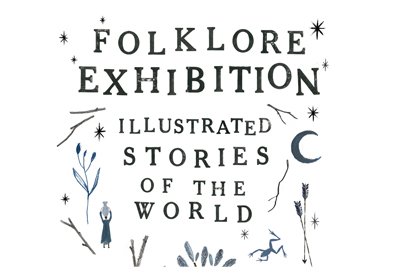
With Permission: Gordy Wright
How would you describe the Folklore Exhibition?
Folklore Exhibition was a group exhibition showcasing illustrated stories from around the world. Illustrators and artists were invited to respond to their favourite folklore, myth or legend in whichever way they wanted to represent their chosen narrative. Each culture has their own unique stories which have been passed down through their history, leading to an endlessly diverse choice of inspiration.
What inspired you to create the exhibition?
Hamilton House is a great creative hub of artistic talent with an ideal exhibition space available to rent. I wanted to bring lots of different artists together on a theme that could still allow people to create whatever they liked.
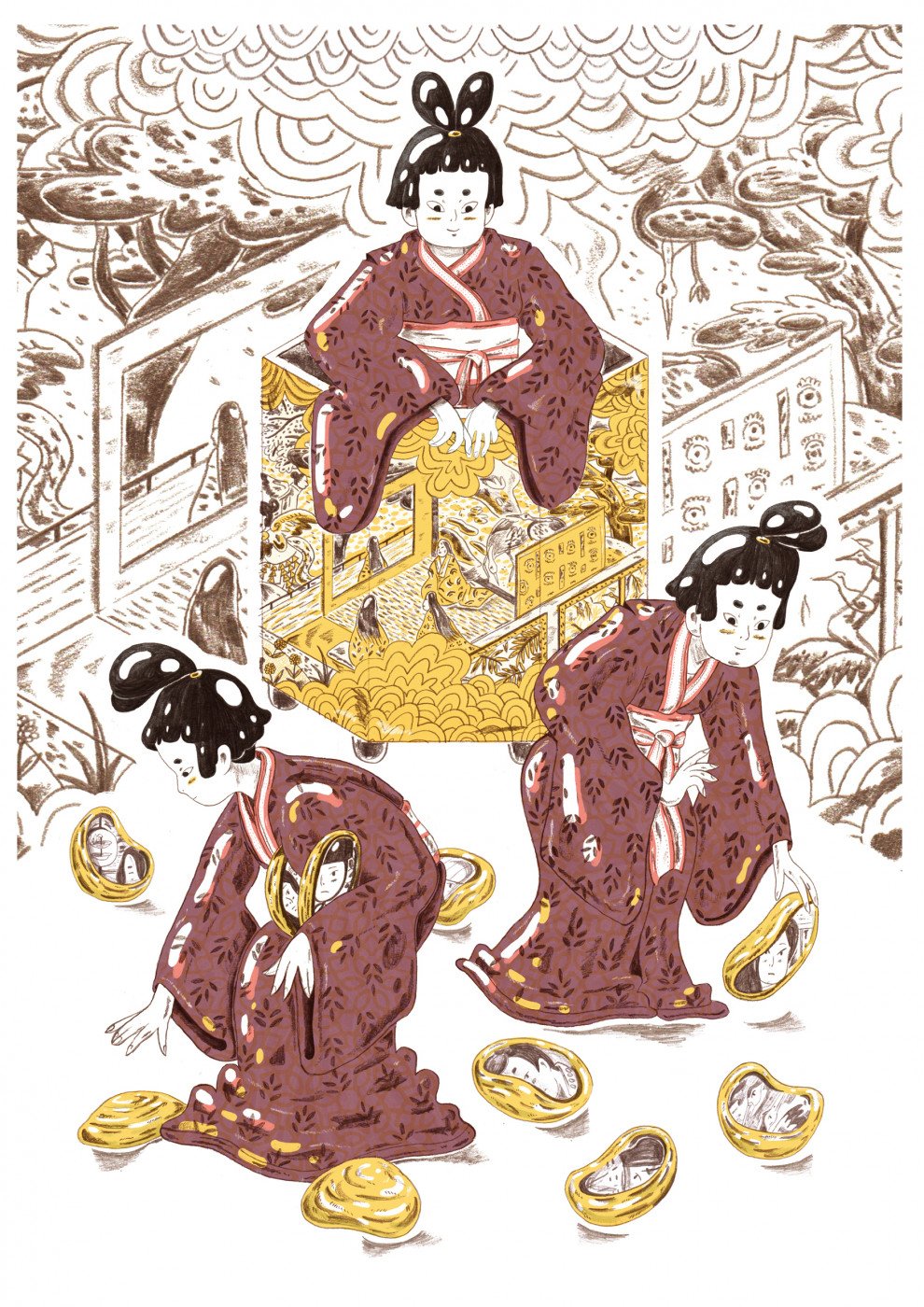
Artwork: Robbie Cathro. With Permission: Gordy Wright.
How did you find and select the artists and illustrators featured in the show?
Lots of people in the building were eager to take part and I also opened up submissions to anyone from around the world via Instagram and Twitter. I ended up having about three or four times the amount of people I could fit in wanting to take part, so with the help of some other artists we made some difficult decisions and chose the people we were most excited about.
Was it necessary for artists to depict folktales from within their own cultural experience? If not, did you notice a preference one way or the other?
I was happy for people to choose a folktale from wherever they liked but lots of people chose to illustrate a narrative from their own culture.
Do you think your own cultural history with folkore had any affect on your selections?
Working as an illustrator I have often found myself researching different narratives for different projects. As the exhibition was of stories from around the world I wanted to share as many people’s voices from as many different countries as possible.
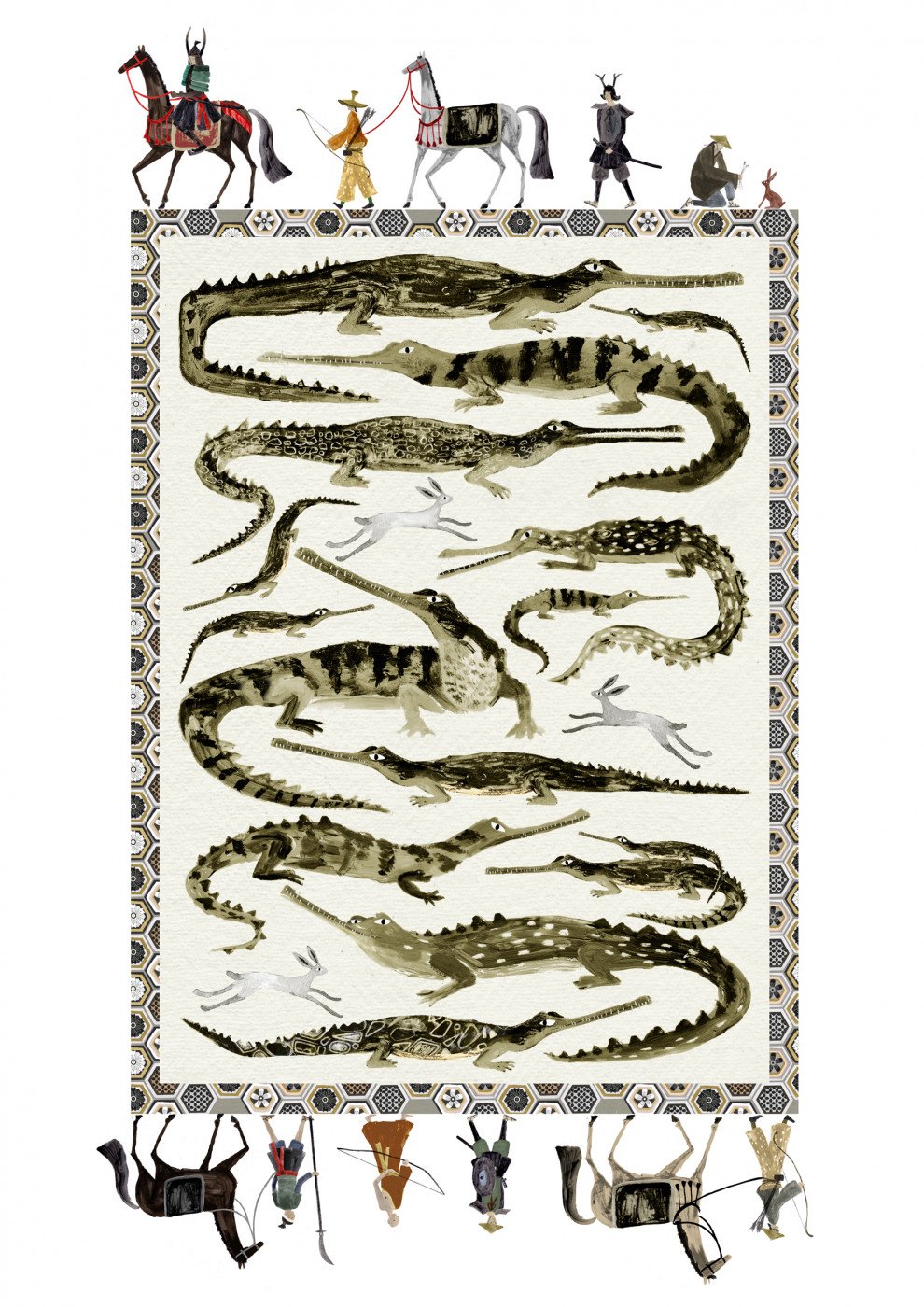
Artwork: Gordy Wright. With Permission: Gordy Wright.
Were there any particular stories or characters that you expected to see but didn’t, or that crept up across various cultures?
When I started the planning of the exhibition I thought there would end up being multiple people doing the same folktale (but thought it wouldn’t matter as they would be doing it their own way). But it turned out that there was only one vague crossover between all the narratives!
How would you define the differences between ‘folklore’, ‘myth’, and ‘legend’, and how do you think the three interact with one another?
I think folklore involves more stories that have been exchanged through word of mouth. Myths are supposed to deal more with narratives about symbolism or with a concept whereas legends are narratives that start off with an element of truth. In the exhibition there was no distinction between the three – I just wanted people to feel like there were no restrictions on what story they chose.
How important was it for the exhibition to have a larger, shared narrative, or a thread (such as a theme, a tone, a style) connecting one piece to the next?
I really wanted the exhibition to have a shared collective theme that tied them all together but still have everyone’s individual artistic voices speak for themselves. Having the artwork come from so many different people and places really helped with the eclectic feel of the exhibition that I was hoping for.
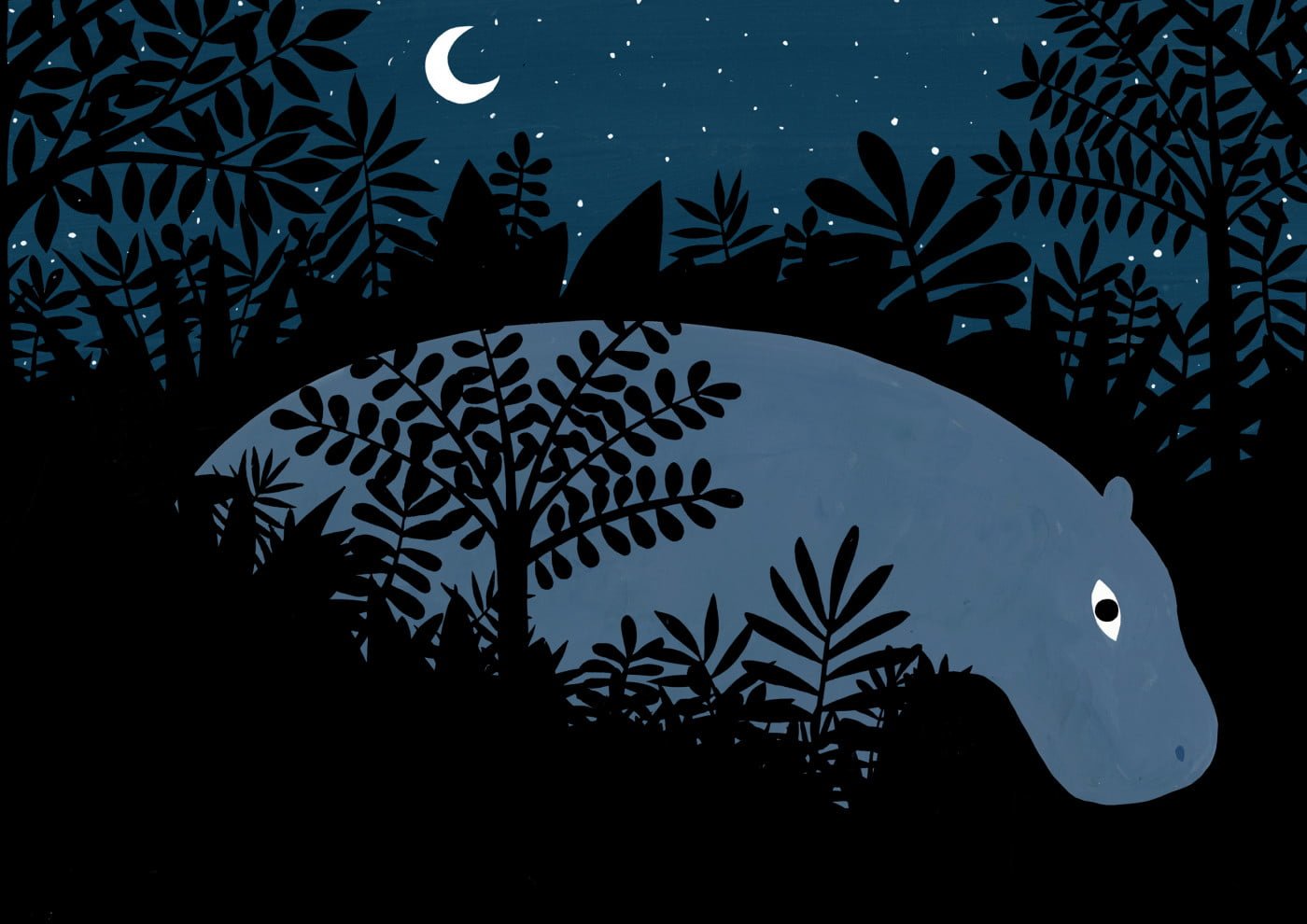
Artwork: Lara Hawthorne. With Permission: Gordy Wright.
What role, do you think, does storytelling play within art?
I think storytelling plays a crucial role in art, especially within illustration. Artists can choose the narrative they want to portray in their work to communicate their intended message or meaning.
What was the intention behind the exhibition, and do you think it succeeded?
The intention of the exhibition was just to bring together lots of talented artists from around the world and give them a chance to both dedicate a bit of time to a personal project, which a lot of artists sometimes don’t get the chance to do, and to also showcase the fantastic work with the wider public. I definitely see the exhibition as a success as it gave lots of artists the chance to meet each other and also for some to sell their work.
What (if any) is the relevance of showing this collection here, in Bristol?
Hamilton House is a fantastic lively space that is easily accessible to the public and already had a wide diverse number of talented artists that were eager to get involved with the exhibition. In the looming threat of eviction for hundreds of artists that work here it felt more important than ever to create the exhibition and celebrate the magic that happens here.
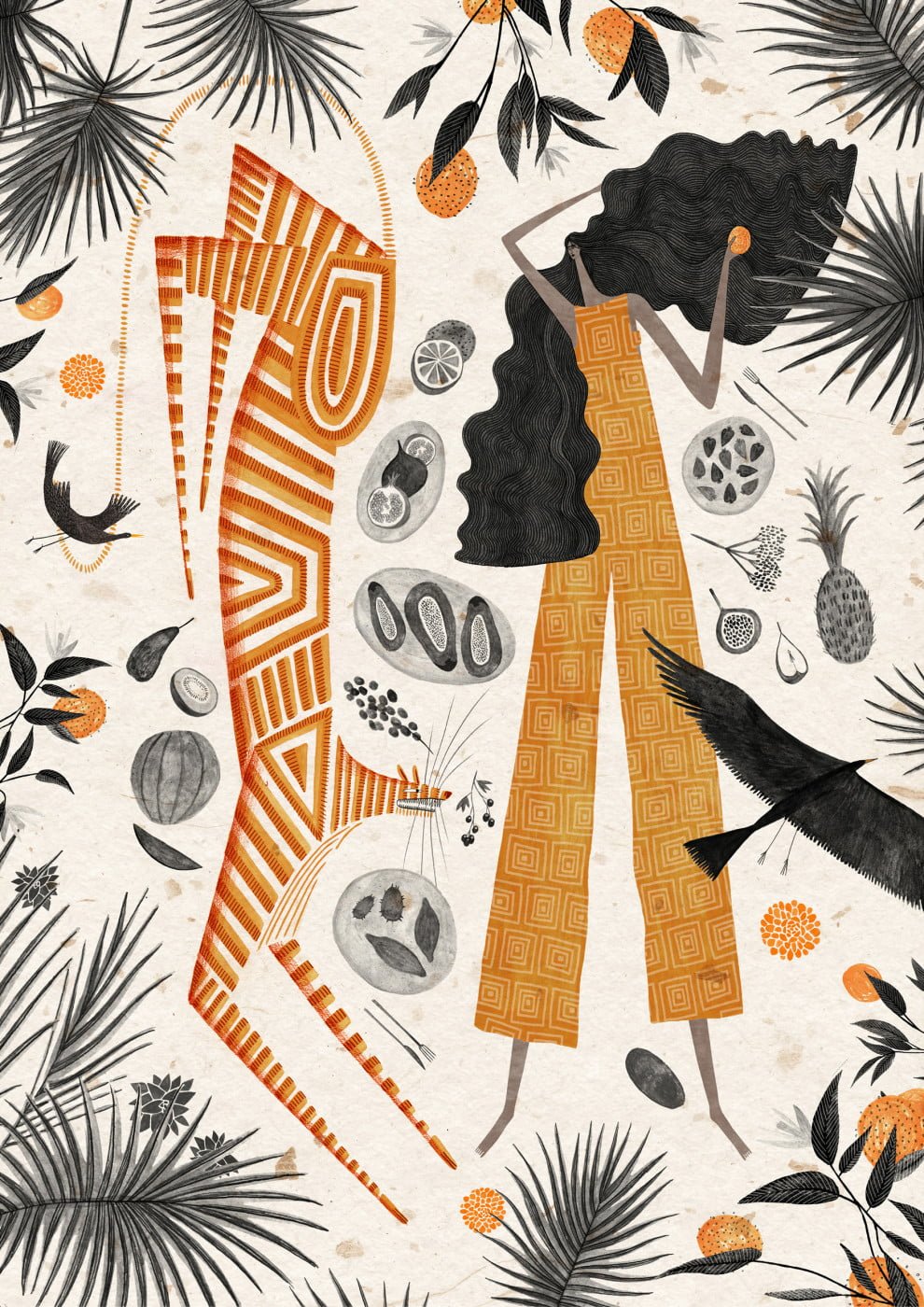
Artwork: Rosanna Tasker. With Permission: Gordy Wright.
Will we have the chance to see the Folklore Exhibition again?
I’m definitely keen to do a part two exhibition further down the line!
Are you working on anything at the moment?
I am working on a few different things at the moment! One of them is a book project that I’m very excited about.
—
Until the eagerly awaited Folklore Exhibition Part 2 comes into existence, you can check out Gordy’s own beautiful work on his website, here, and support Hamilton House in their battle to remain open, here.
Hannah is the regional editor of The State of the Arts in Bristol. Every month she selects one ‘Well Lit’ literary event for review. Last month, The Folklore Exhibition united and delighted through stories without words.
Filed under: Art & Photography
Tagged with: art, Art Exhibition, Coexist, Folklore, Folklore Exhibition, Hamilton House, Storytelling
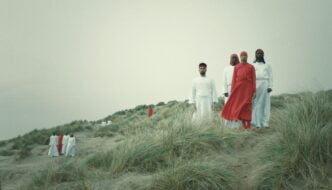
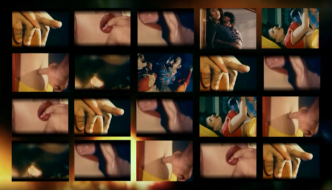
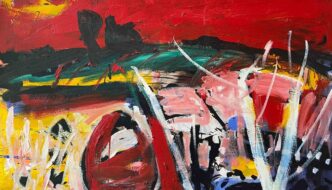
Comments